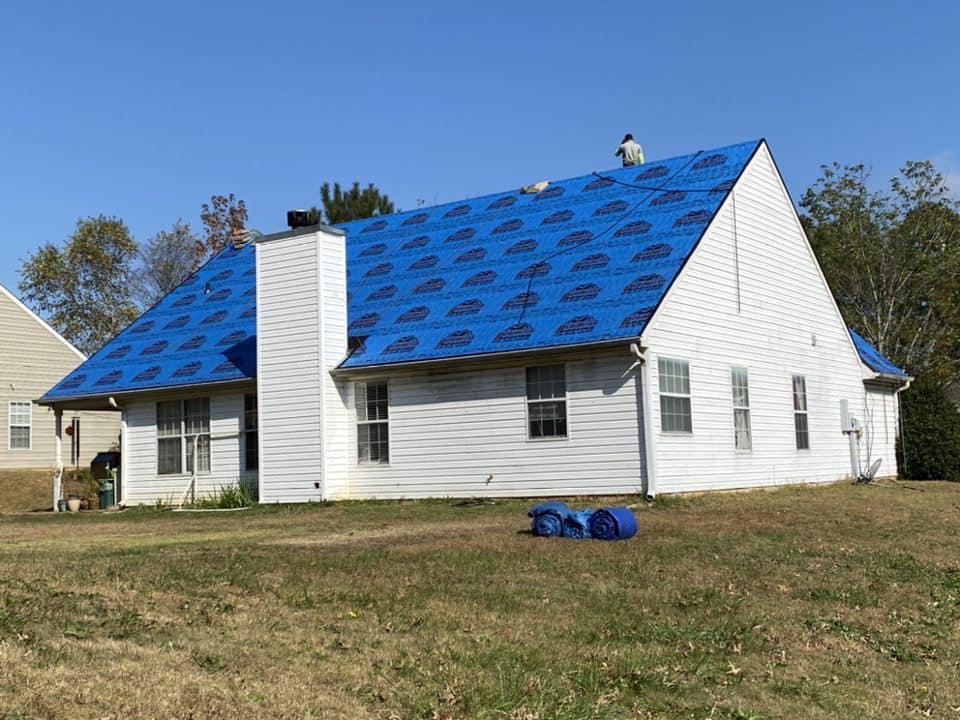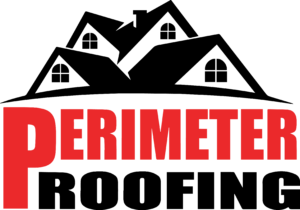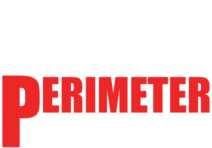Many materials are used for roofing projects, and some are more popular than others. Asphalt shingles are the most common roofing material used by homeowners, accounting for over 80% of new roof installations and re-roofing projects. Other common roofing materials include:
- Cedar/Wood shakes
- Metal roofing
- Solar roof tiles
- Stone-coated steel
- Slate shingles
- Rubber slate
- Clay tiles
- Concrete tiles
- Roll roofing

Although not the most popular choice for most home renovation projects, roll roofing has many other uses and benefits. Read on to learn more about this roofing material and the possible ways to take advantage of it.
What is Roll Roofing?
Weighing in at about 75 pounds per roll, roll roofing is a mineral-surfaced asphalt product that comes in 100 square-foot rolls. It is less popular than roof shingles for homes, but they’re commonly used as a covering for smaller buildings and structures such as shacks, workshops, sheds, treehouses, gazebos, lean-tos, and garages. This roofing material can also be used to re-roof an already shingled home or building.
6 Types of Roll Roofing
- EPDM Roofing
- TPO Roofing
- Rubber Roofing
- Bitumen Roofing
- Thermoplastic Roofing
- Asphalt Roofing
Pros and Cons of Roll Roofing
As with every roofing material, roll roofing has advantages and drawbacks. Here are a few to consider:
Pros of Roll Roofing |
Cons of Roll Roofing |
A budget-friendly option as it’s much less expensive than asphalt shingles |
Few color choices, and they are not allowed in some HOA communities |
Compatible with low-incline roofs |
Not compatible with flat roofs |
Easily transportable compared to shingles |
Potential home buyers will always choose shingles over roll roofing |
Fast installation – can be rolled out in a few short minutes |
Short lifespan and low durability – only lasts 5-8 years compared to shingles, which last up to 20 years |
Roll Roofing vs. Shingles
Roll roofing and composite shingles are both oil-based asphalt products, but that’s about as far as their similarities lie. Roll roofing is larger than shingles. It’s installed horizontally as long strips, whereas shingles are layered overtop each other. Most homeowners are accustomed to the layered look of shingles; therefore, traditional shingles are more visually appealing.
Rolled roofing is thinner and less durable than shingles, which is another reason most homes have shingles installed vs. roll roofing. The plus side of this roofing material is that it’s cheaper and a more cost-effective option if you need a quick or temporary fix.
How to Install Roll Roofing
With all the talk about how quick and easy it is to apply roll roofing to a smaller structure, you may be wondering if this is a project you should attempt yourself. It’s true that roll roofing can be applied more quickly than other types of roofing materials, but that doesn’t necessarily mean it’s “easy” if you have little to no roofing experience.
Roll Roofing Application in 6 Steps:
- Prepare the roof by cleaning away debris and removing loose screws and nails.
- Use a caulk gun and paintbrush to apply roofing cement to the edges of the roll roofing sheet.
- Unroll the base sheet and attach it using nails and/or roofing cement (if the cement holds it in place enough).
- Overlap and attach the second sheet using a roofing torch or special screws.
- Seal any vents on the roof with roofing cement.
- Overlay the valleys (where two roof slopes meet) once both sheets are applied to the roof.

Get Help From Professional Roof Installers!
Applying roll roofing requires precise measurements, previous experience, and special tools depending on the roll roofing material used. Scheduling a consultation with skilled and professional roof experts will guarantee the job is done right! Perimeter Roofing offers the best roof installation services in Georgia, Tennessee, Florida, and Alabama. Contact us today for more information.
